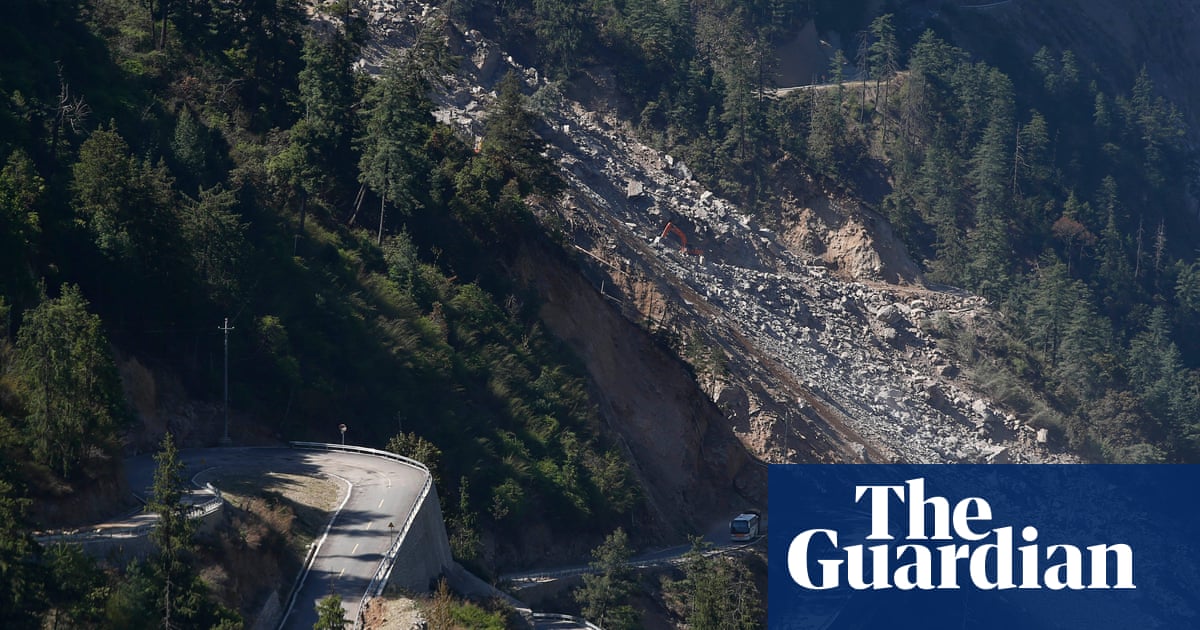
"Yifan Zhang and colleagues suggest that regions with higher geological complexity are more prone to landslides, providing insights for better landslide prediction and management."
"The index of geological complexity combines lithologic, tectonic, seismic, and structural factors, revealing that areas with high complexity correlate with increased landslide occurrences."
"While the study focuses on the eastern Himalayas, its implications for other regions remain uncertain, sparking interest in broader applications of the geological complexity model."
"Combining geological complexity with climate and human activity factors may enhance understanding of landslide susceptibility, potentially aiding in disaster planning and mitigation strategies."
A study led by Yifan Zhang highlights that geologically complex areas have a higher likelihood of landslides. By developing an index that includes lithologic, tectonic, seismic, and structural complexities, the researchers found significant correlations between these factors and landslide occurrences in the eastern Himalayas. This model could aid in predicting landslides in various regions, although its application in less seismically active areas remains to be explored. The study emphasizes the importance of integrating geological factors with climate and human activities for improved landslide risk assessment and planning.
Read at www.theguardian.com
Unable to calculate read time
Collection
[
|
...
]